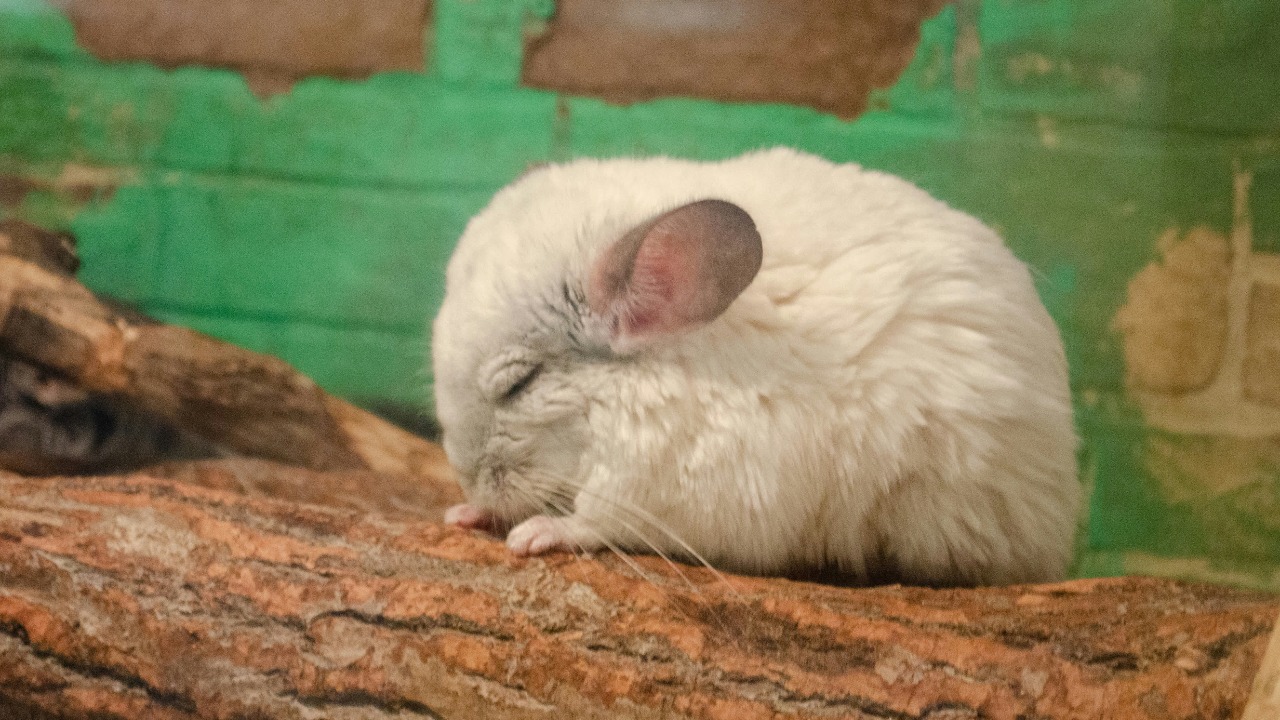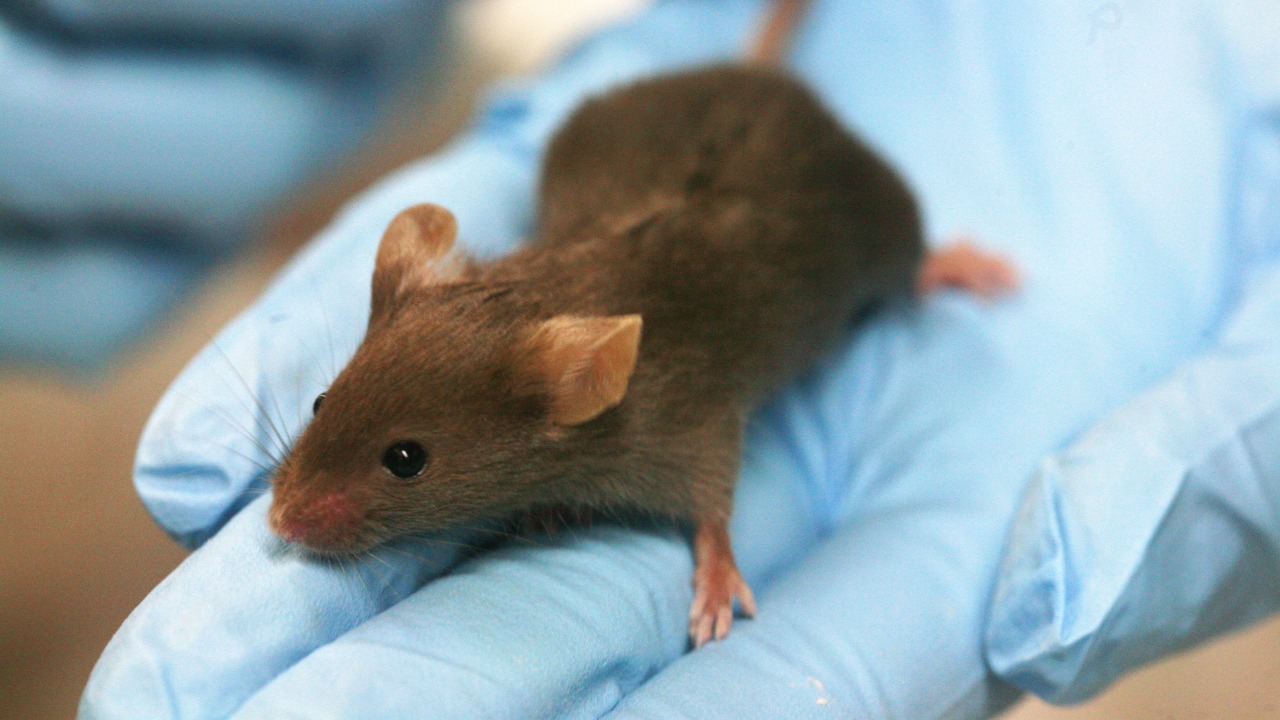
The recent creation of a woolly-mouse embryo has reignited discussions around de-extinction, the process of reviving extinct species. While some scientists hail this as a breakthrough that could pave the way for the return of creatures like the woolly mammoth, others caution against the ethical and ecological implications of such efforts. Let’s delve into the scientific, ethical, and ecological dimensions of de-extinction, focusing on the woolly-mouse experiment.
The Science Behind De-Extinction

Genetic engineering has made significant strides over the past decade, particularly with the advent of CRISPR and other gene editing technologies. These tools are instrumental in the creation of the woolly-mouse embryo. CRISPR allows precise edits to the genome, enabling scientists to insert ancient DNA into the genetic code of modern species. This process, while groundbreaking, is not without challenges. Integrating ancient DNA into living organisms involves complex biological puzzles, such as ensuring compatibility between ancient and modern genetic sequences and overcoming issues of gene expression and regulation.
Previous attempts at de-extinction provide valuable insights into both the potential and pitfalls of these scientific endeavors. The case of the Pyrenean ibex is often cited as a landmark effort, as scientists successfully cloned an extinct species, albeit briefly. More recently, the dire wolf project has captured public imagination, highlighting both the technical hurdles and the allure of bringing back iconic species. Each of these projects has faced significant challenges, from genetic incompatibilities to unforeseen developmental issues, underscoring the complexities involved in de-extinction.
Ethical Considerations

The moral implications of de-extinction are hotly debated. On one hand, some argue that bringing back extinct species could help restore ecosystems and biodiversity. On the other hand, there are concerns about the ethical responsibilities of reviving species that may not fit into today’s world. These species could face challenges in terms of habitat, competition, and survival, raising questions about animal welfare and the potential disruption of natural order. Are we prepared to assume the responsibility for these creatures once they are brought back?
Human intervention in nature has always been a contentious topic. Philosophical arguments abound regarding whether humans should interfere with the natural process of extinction. Critics argue that our focus should be on conserving existing species rather than reviving those that have disappeared. Furthermore, the introduction of extinct species into modern ecosystems could have unintended consequences, potentially disrupting existing ecological balances. It’s a delicate balance between pushing the boundaries of science and respecting the natural processes that govern life on Earth.
Ecological Impact

Reintroducing extinct species into current ecosystems could have far-reaching effects. On one hand, it could enhance biodiversity and contribute to rewilding efforts, potentially aiding in environmental restoration. Rewilding with species like the woolly mammoth has been proposed as a means to restore the tundra and counteract climate change. However, the introduction of a new species can also pose risks, such as competition with native species for resources and the spread of diseases. The dynamics of ecosystems are complex, and any changes must be approached with caution.
The debate between conservation and de-extinction also raises questions about resource allocation. Traditional conservation methods focus on preserving endangered species and their habitats. De-extinction, while exciting, requires significant financial and scientific resources. This raises the issue of whether these resources might be better spent on protecting the species currently at risk of extinction. As we weigh the potential benefits of de-extinction, we must also consider the opportunity costs and the most effective ways to preserve biodiversity.
The Future of De-Extinction

Technological advancements in genetic engineering continue to evolve, offering new possibilities for de-extinction. As these technologies improve, the potential for successful de-extinction projects increases. Future breakthroughs could address current limitations, such as increasing the efficiency of gene editing and improving the viability of hybrid embryos. International collaboration and regulation will play a crucial role in advancing these projects responsibly, ensuring that ethical and ecological considerations are not overlooked.
Public perception also plays a significant role in shaping the future of de-extinction. Public opinion can influence policy-making, determining the direction and funding of scientific research. A global framework is needed to address the ethical and regulatory challenges of de-extinction. As we consider the potential benefits and risks, it’s essential to engage in open dialogue and develop policies that reflect the collective values and priorities of our global society. The debate over de-extinction is far from over, and as science continues to advance, so too will the discussions surrounding the resurrection of extinct species.